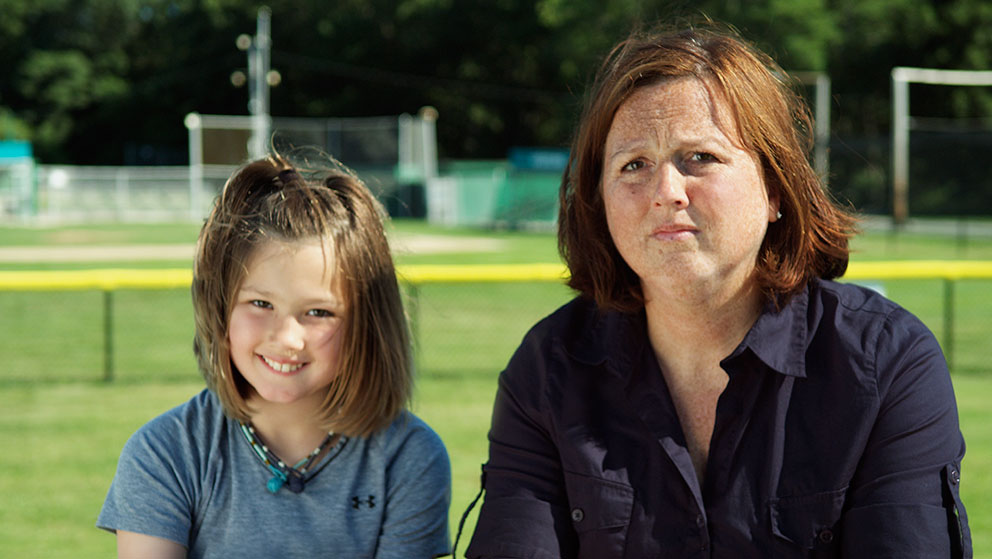"You had to wait, watch and hope..."

These were the watchwords over the two years and three months that Gretchen endured seeing her daughter undergo treatment for childhood leukemia.
Neve's blood cancer was discovered after a blood test showed that her fever, lethargy and aches and pains weren't symptoms of Lyme disease, as first suspected.
"Early on, it was very difficult, as you're thirsting for information," her mother recalls. "In the early treatment you're really coming at the leukemia with a sledgehammer. You had to wait and watch and hope that her blood counts would improve and that she could stave off infections."
Although she's now cancer-free, Neve continues to be monitored through periodic blood tests. "The doctors say that, once she's five years out, she'll have about the same chance of relapse as anyone else has of having leukemia," her mother says. "You always have looming in the back of your head that countdown to five years."
Blood cells are constantly being replenished, which makes leukemia a difficult cancer to treat. Neve's five-year countdown will depend on her blood cells staying stable and avoiding the kind of genetic damage that helped spark her cancer in the first place.
Physician scientist Ching Lau, M.D., Ph.D., is working hard to improve the speed and outcome of clinical trials for children with cancer, and reduce unnecessary side effects.